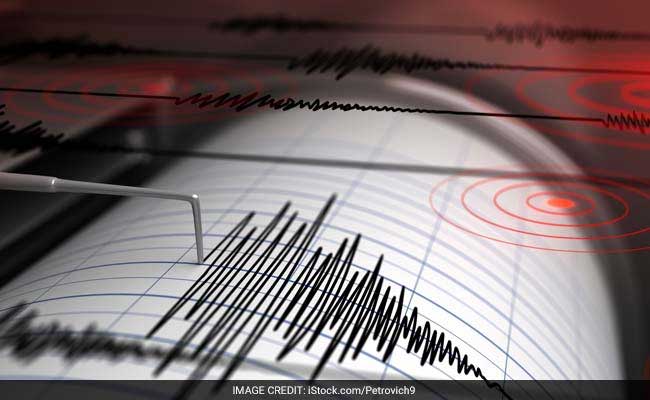The Francis Scott Key Bridge spanning the Patapsco River in Baltimore, Maryland, collapsed around 1:30 a.m. Tuesday after a 985-foot-long cargo ship, the Daly, reportedly lost power and hit a bridge tower or pier. India Today obtained satellite images of the bridge from Planet Labs before and after the incident. These illustrate the severe damage the bridge suffered.
Expert participation
“The bridge is 2.6 kilometers long and was built in 1977. The supporting structure – the piers – are made of reinforced concrete. The metal trusses of the superstructure are continuous,” said Dr Sotirios Argyroudis, Associate Professor of Infrastructure Engineering at Brunel University. London. “A collapse occurred when a ship collided with one of the piers, causing the metal truss to fail. This is a common failure mode, progressive collapse.”
Argyroudis explains that in this case, removing one of the edges of the bridge’s supports, in this case the piers, would lead to a redistribution of loads that the metal trusses cannot effectively support, causing them to gradually collapse.
According to public information, the collapsed part of the bridge was 805m long. It is a typical continuous truss bridge with two key pillars approximately 1,200 feet apart and supported by hundreds of pillars that bear pressure evenly. The collapse of a key pillar increased the pressure on the pillars, causing the bridge to lift before collapsing.
This is known as progressive collapse – the failure of one structural element leads to the failure of adjacent elements, which are unable to support the new loads imposed on them.
“The collapse of the bridge’s 804-meter-long three-span section appears to have been caused by the large container ship DALI striking and dismantling one of the two main bridge piers. This disabled the vital support of the steel truss superstructure. The entire road was suspended in the air, causing the entire The three-span section suffered catastrophic structural damage and collapsed into the river below,” said California Marine Engineer Alan Hayward.
Experts also say that the forensic investigation may take 1-2 years as laboratory tests and collapse scenarios must be analyzed to produce a reasonable/reasonable simulation of what might have happened.
aging infrastructure
By analyzing video and footage of the crash, experts were quick to point out that dolphins — small round objects found around docks — were not powerful enough to deflect anything other than a small boat.
Speaking about the age of the bridge, structural engineer Ian Firth said: “Dolphins have been common since the Sunshine Viaduct collapsed in 1980. However, the bridge was built in the 1970s “So the designs at the time would not have incorporated these devices.” The fact that ships could veer off course and hit docks is why ship impact protection systems are designed so that large ships don’t hit critical bridge supports. “
“When the steel truss highway bridge was designed and constructed in the 1970s, there was probably no requirement to account for disproportionate collapse and structural integrity. It is conceivable that the piers were not designed to withstand the intensity of today’s ship strikes, as ships were like those of that era. It’s not like the Dali is sailing in Baltimore Harbor,” said Toby Mottram, a professor of structural engineering at the University of Warwick.
Engineering consultant Robert Benham added: “I don’t know what the arrangements are for this bridge, but major bridges over waterways must have substantial protection of the piers or columns. These protections will either be in the form of structural protection like sacrificial dolphins “They can also be in the form of artificial islands; these are used for very large ships and mean that the ship never reaches the pier itself. Obviously the protection of the pier in this case is not enough”.
What went wrong?
Argyroudis said about 42% of bridges in the United States are more than 50 years old and may present safety risks in some cases. Aging infrastructure is particularly susceptible to deterioration from corrosion and other environmental conditions. Exposure to hazards such as earthquakes, floods, hurricanes, and man-made stressors such as collisions and explosions exacerbates their risk of failure. Compounding the problem, current traffic loads often exceed the purpose for which these bridges were originally designed. “Conducting a resilience assessment of our infrastructure is critical to inform future investment in infrastructure improvements,” he said.
“Typically, with older bridges, if the bridge engineer does a structural assessment, they will investigate the circumstances of a ship strike and the possible damage. At this point, the strength of the bridge is key to avoiding gradual collapse, as we show in these videos,” said Dr. Mehdi Kashani, Associate Professor of Structural and Earthquake Engineering at the University of Southampton.
Follow us on Google news ,Twitter , and Join Whatsapp Group of thelocalreport.in
















